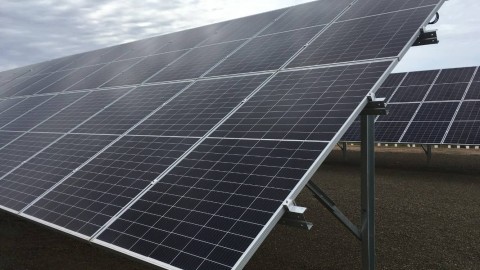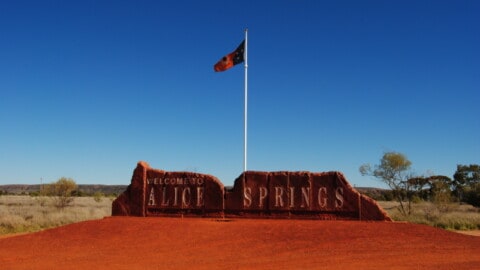The Australian Renewable Energy Agency (ARENA) has announced that Lord Howe Island will soon be powered by a solar and battery system that will reduce its reliance on diesel generation.
A minimum 1.2MW solar PV array and a battery system with over 3.2MW/h capacity will soon be built on the remote island, located in the Tasman Sea, 600km from the Australian mainland.
The integrated solar and storage system, purposely designed for a small and remote location, will provide more than two thirds of Lord Howe Island’s electricity, currently powered by diesel generation.
The NSW Government and the Lord Howe Island Board (LHIB), which has care, control and management of the island, have both agreed to support the $11.1 million project.
ARENA will provide $4.5 million in funding towards the project. The NSW Government has provided a loan facility of $5.9 million, and LHIB is making up the balance.
Photon Energy Engineering Australia will install the hybrid solar and battery storage system, after being awarded the tender to deliver the project by the LHIB.
The initial renewable solution was to include solar and wind generation, however, it was determined during the course of the project that the wind turbine component could no longer be delivered. Further feasibility studies identified that a solar PV and battery storage microgrid would provide the same benefits.
ARENA CEO, Darren Miller, said, “Lord Howe Island faces a unique set of challenges in supplying and recovering the costs of providing essential services to its community and in protecting Lord Howe Island’s natural environment.
“We are excited to see a renewable solution will be adopted that will significantly improve the sustainability of the power supply, improve energy security and reduce the impact of future fuel cost increases.
“Knowledge gained from this project will be shared for the benefit of other isolated and remote communities.”
NSW Minister for Energy and Environment, Matt Kean, said, “Lord Howe Island relies on costly diesel power which is subject to volatility in fuel prices and supply. The environmental benefits of this project are both local and national, as every litre of diesel needs to be shipped to the island.
“The completed project will provide an economic boost to the local economy and to the outstanding environmental credentials of this World Heritage-listed island paradise.”
LHIB Chief Executive Officer, Peter Adams said, “The announcement of this project is a fantastic result for the Lord Howe Island community and visitors alike.
“The island will be able to reduce its reliance upon imported diesel fuel for generating electricity.
“We are reducing the environmental impact of our energy supply while also improving energy security.
“We set a target to reduce our diesel use by two-thirds, and we believe we will not only meet that target, but potentially exceed it.
“To achieve this result without detracting from the World Heritage values of Lord Howe Island is a result that everyone should celebrate.”
Construction will commence on the hybrid solar and battery system in early 2020 and is expected to be completed by June.















